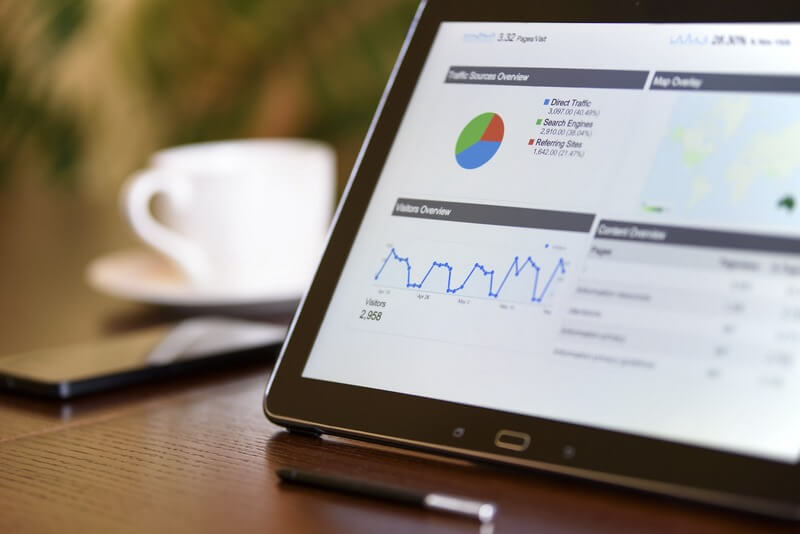
Plan are dusty doorstops
Business continuity plans are dead. It is a bold statement to make. Instead, the future is moving towards real-time data visualization. I understand that some of you may wonder how we can accomplish our business continuity objectives without plans. To that, I ask you to remember how many times we reference that plans sit on a shelf unread. We continue to use an outdated business model. Instead, management and employees want to see data in a clearly defined view.
Legacy business continuity programs have shown little innovation since the 1980s. We Plan, Do, Check, Act (PDCA) or embrace the Deming Cycle Six Sigma method. Although there is nothing wrong with planning, it is the outdated document-style format that is sinking our effectiveness. Stay with me here because I know we can do better. We need to move into the twenty-first century and align ourselves with current business practices.
You may argue that we need plans for regulators or supervisory authorities. I agree that we need to certify that we can recover critical services and corresponding processes. The key is proving to auditors that we collect the correct information. We can always create a plan document to share if required.

The importance of real-time data
One reason to move past the plans model is the need for real-time data to replace antiquated point-in-time strategies leveraged today. Most of us follow a compliance practice of ensuring business continuity plans are updated. However, with the pace of business change, that is not enough. Instead, we need to work with our internal and external partners to share operational data.
The return on the value we gain by giving customers real-time data provides them with relevant information during times of crisis. To recover successfully from an incident, it is ideal that the data you collected is valid. Finally, taking a real-time data approach ensures that the information and strategies reflect the existing business model. One of the reasons I see plans fail is that they no longer reflect reality and are not helpful for a response.
Now, you will probably say that is great, but my organizations’ data is outdated. I fully understand the meaning of garbage in, garbage out as it relates to information. Relying on data will only be successful if we can encourage our partners to do their best to keep their information current. Although challenging, it is worth taking on.
Everyone benefits from good data. Even if the goal of error-free data is a difficult one, advocating for progress over perfection is the right place to start. Last, as your management better understands the value you provide, they can assist you in achieve data accuracy.

Why dashboards work
Business continuity plans are dead because, in most organizations, leadership views data through dashboards. Most information is consumed through visual mediums, whether it is video, infographics, or charts. The reason for this is because it is an easier way to absorb complex data. Dashboards enable business decision-makers to review significant amounts of valuable information at a glance.
With this understanding, it makes sense that business continuity shifts to this approach. Today, BCM program users often complain that their plans contain primarily meaningless data. By embracing a dashboard, you commit to taking a best-in-class approach. The use of real-time dashboards allows users to dig deeper into their data to help them identify patterns and develop actionable insights.
Additionally, dashboards are customizable. They enable you to engage users from their lens or persona. By shifting in this direction, it means that your program stakeholders gain an all-in-one glance at the situation. In the past, your customers engaged in countless wasted time analyzing data or digging through complex plans. Dashboards are accessible from multiple devices, like smartphones. Most importantly, a dashboard view provides users with an intuitive presentation of their specific data.

Data preparedness equals better crisis response
By reviewing information and viewing the status of operations in an easily digestible format, you gain measurable benefits. This method provides your business with significant efficiency opportunities. It also supports quicker response times to deal with issues and mitigate impacts.
Once you combine real-time data in an easy-to-read format, you have a winning combination. Your internal stakeholders are happy because they have what they need at their fingertips. In turn, they gain a market advantage in reducing response and recovery times to continue to service customers. When you take the time to build the dashboard with valuable data, your stakeholders gain ease of use without sacrificing important details. Dashboards allow the user to go deeper to explore data objects. It results in a powerful combination of easy navigation and user access to the most relevant information.

The Future is already here
COVID-19 and other events over the past year show us that we have a window of opportunity to make transformative changes. Many of our colleagues lost ground due to a lack of visibility within their organizations. Some even lost their positions altogether as leadership lacked the insight to understand the value of business continuity and coordinated crisis response. Making the business case for providing increased value is ever more critical than ever.
To remain viable, we need to streamline our delivery and nurture our stakeholder relationships. The future is here today. Some companies are already leading the way and understanding that business continuity plans are dead as a viable medium.
One vendor that is championing this effort is Fusion Risk Management, pioneering a dual approach to leveraging in-system dashboards and aligning with operational resilience. They are only one example, but I am seeing growing interest across industries in moving this framework. To future-proof BCM, we need to adapt to a customer-focused view of resilience.
